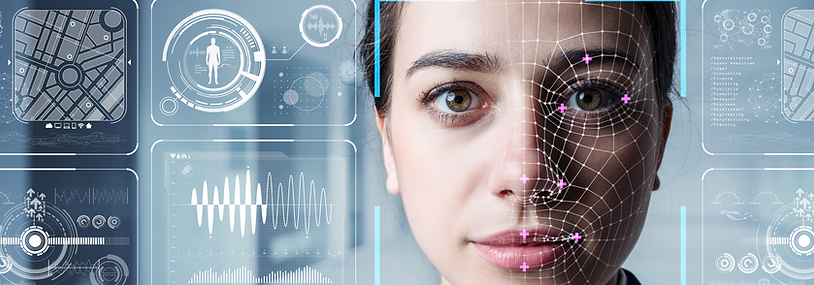By: Michael Chang
In recent years, facial recognition has become a powerful technological concept. Furthermore, it has become so accessible and widespread that Australia might need to declare new regulations protecting the privacy of its people.
According to Garrett O’Hara, a field chief technologist at security company Mimecast, “When you use a facial recognition app to open your phone, it isn’t a picture of your face that your phone stores. It stores an algorithmic derivation of what your face [looks like].” Facial recognition divides the face into a series of geometric shapes and maps the distances between defining facial features. Then, these distances are compared with other faces and turned into a numeric representation called a biometric marker.
Facial recognition can identify people over a kilometer away, even while wearing a facemask or sunglasses. On average, facial recognition algorithms have an accuracy ranging from ninety percent to ninety-nine percent.
O’Hara believes, “In the next couple of years, [the world is] going to see a big shift away from people using [totally insecure passwords]. Biometrics will become the default.” In Australia, O’Hara’s prediction has been proven correct.
The police in Western Australia trace people who tested positive for COVID-19 by combining selfies, facial recognition technology, and GPS tracking to determine if they are at home. Facial recognition was also used after the Australian wildfires of 2020 when those who had lost their identification papers attempted to qualify for disaster relief payments.
Despite the variety of facial recognition applications, the powerful technology has its faults. Concerns are rising regarding racial biases, gender discrimination, deep fakes (fraudulent misrepresentations of human faces), false arrests, and the disregard for human liberties. O’Hara contextualizes, “In the early days, the datasets being used were all taken from white males or white people in general. And clearly, it leads to problems when you’ve got people of [color] of different ethnicities or backgrounds that don’t match the training models. At the end of the day, it’s just mathematics.”
Addressing these concerns, the Australian Human Rights Commission called for a temporary ban on facial recognition until Australia has established regulations. In 2019, Australia proposed a regulatory facial recognition law, but a parliamentary committee review found that it lacked adequate privacy protections and denied it. Among its strongest critics was the then Australian Human Rights Commissioner, Edward Santow.
In the future, Australia hopes to develop a nuanced approach that encourages the use of positive applications and imposes restrictions to prevent harm. For instance, an acceptable law would require free and informed consent for facial recognition. However, if the technology causes racism or sexism through inaccuracy, the given consent would become irrelevant.











